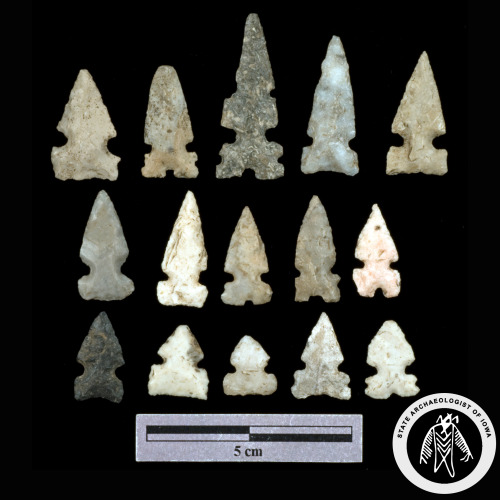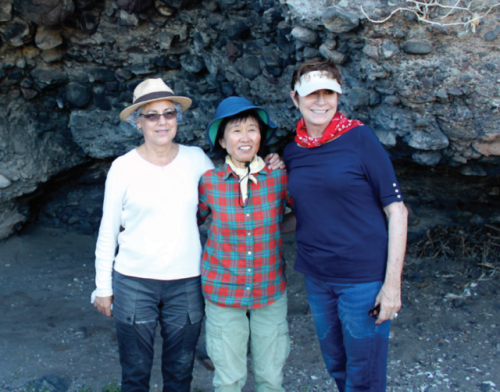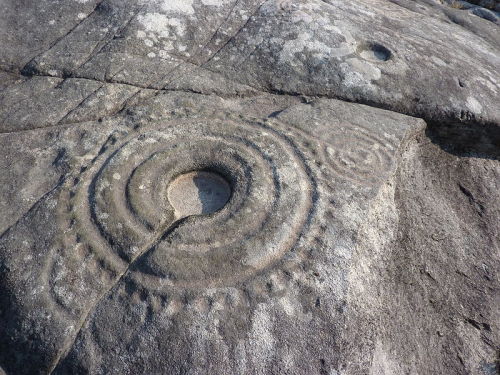#prehistoric archaeology
Here is an interesting array of Late Prehistoric arrowheads, some with multiple notches, from the Chan-ya-ta site (13BV1) in Buena Vista County. Chan-ya-ta was a fortified Mill Creek village site dating to just after A.D. 1000.
Post link
Harumi Fujita (b. 1954, pictured center) is a Japanese archaeologist who specializes in the paleolithic period of Baja California regions of Mexico
Fujita has identified and documented over 500 sites in the Baja Sur region, and her research has changed the chronology of prehistoric activity on several occasions. In 1996, she worked in the Babisuri Shelter site on the Island of Espíritu Santo, were she discovered artifacts made from shell in one of the lower levels of the site. Radiocarbon dating showed that the shell dates between 36,000 to 40,000 years ago, indicating that human occupation of the region occurred thousands of years earlier than previously estimated. In 2011 she discovered a number of C-Shaped fishhooks on the same site. Fourteen of these hooks definitively dated to the end of the Pleistocene (approx. 11,000 years ago), making them among the oldest fishing hooks known to exist and confirming that fishing cultures had emerged in North America before the Holocene period.
Harumi Fujita is currently a researcher at the Instituto Nacional de Antropología e Historia (INAH) in Mexico.
Post link
This young mammoth on display in the St Petersburg Zoological Museum appears to have been preserved in a peat bog.
It exhibits the classic black, shiny, flattened form of this method of preservation in anaerobic conditions, seen most often in the very detailed remains of humans preserved in peat bogs in northern Europe. - donsmaps.com
Photo: Vladimir Gorodnjanski, 2007.
Post link
Prehistoric large cup and ring petroglyph at ‘Laxe das Rodas’, Galicia, Spain.
Cup and ring marks or cup marks are a form of prehistoric art found mainly in Atlantic and Mediterranean Europe. They consist of a concave depression, no more than a few centimetres across, pecked into a rock surface and often surrounded by concentric circles also etched into the stone. Sometimes a linear channel called a gutter leads out from the middle. The decoration occurs as a petroglyph on natural boulders and outcrops and also as an element of megalithic art on purposely worked megaliths, and on some stone circles and passage graves.-wikipedia.com
Post link




